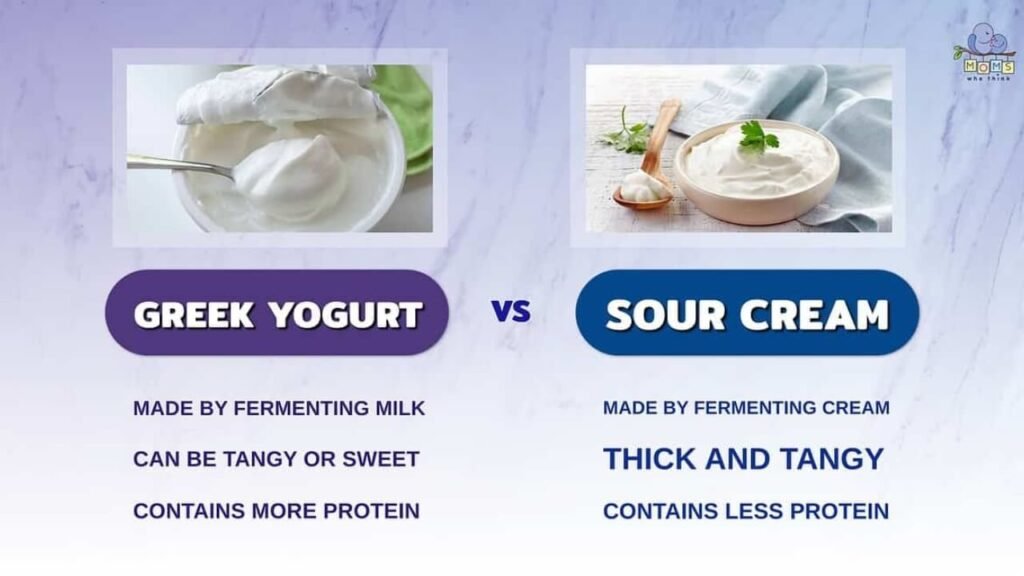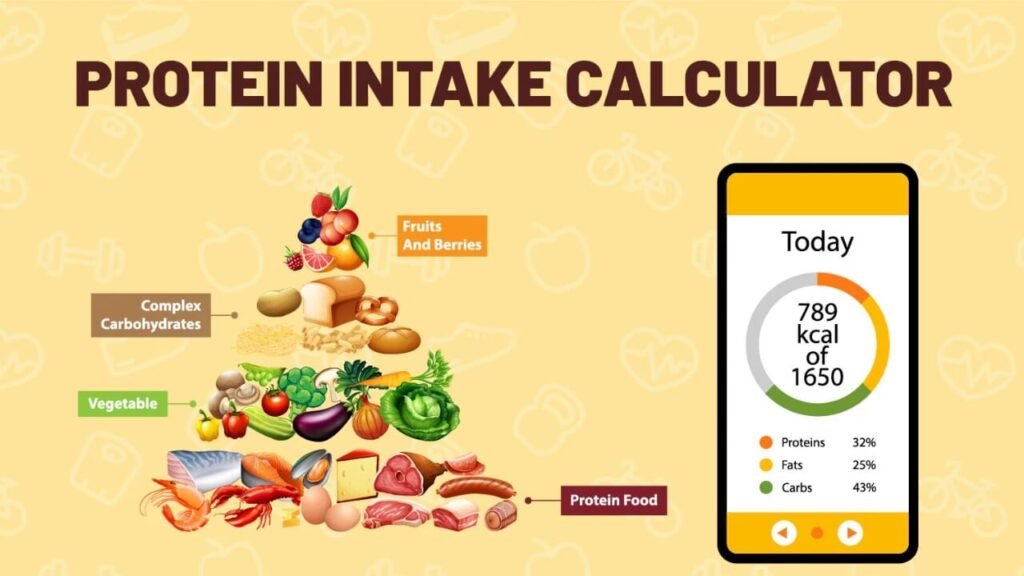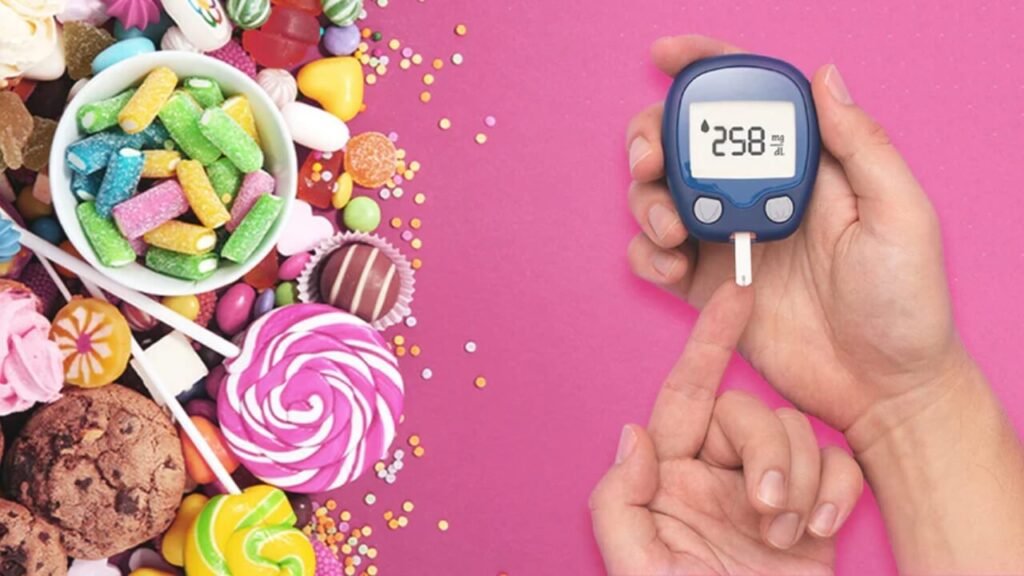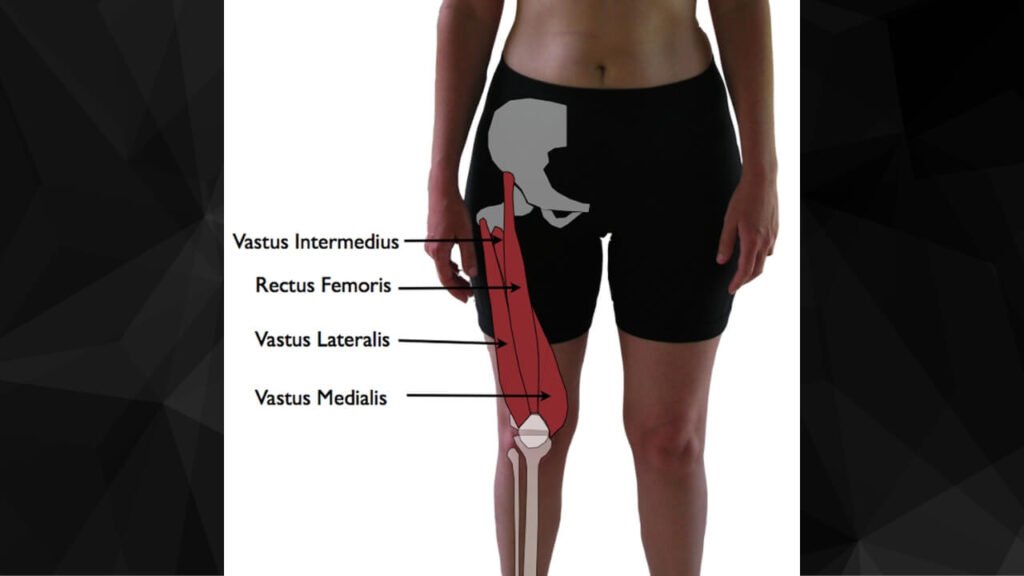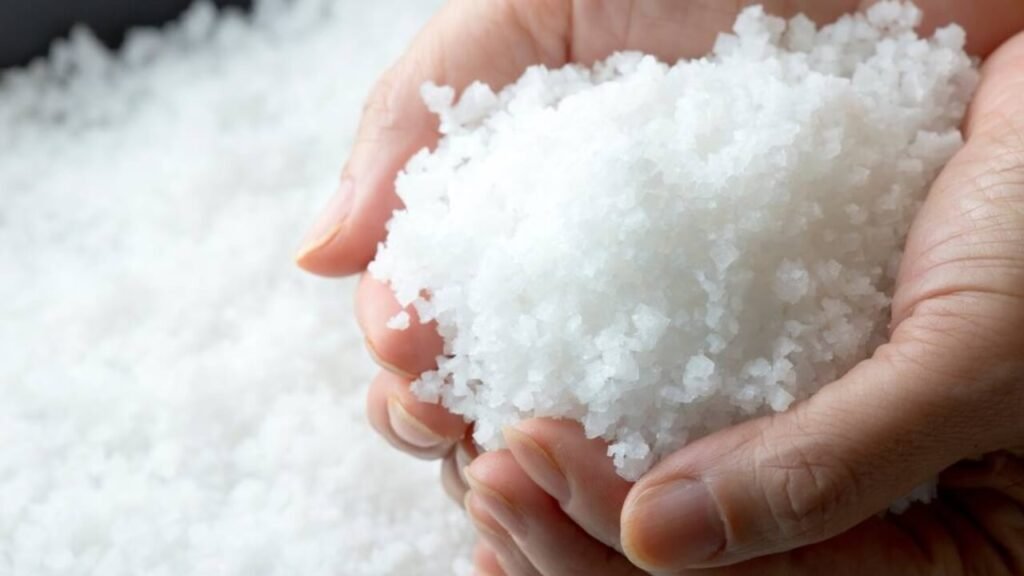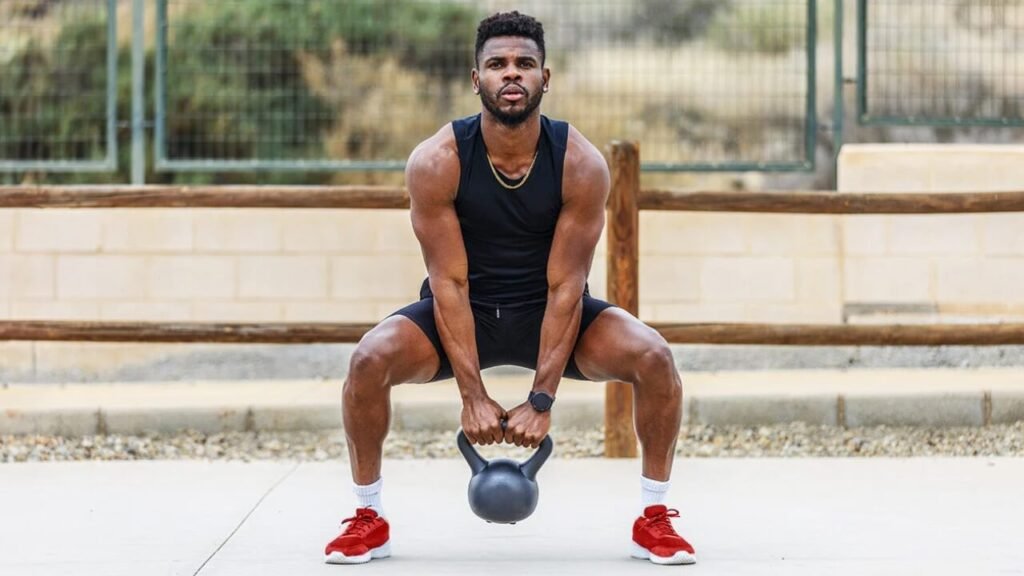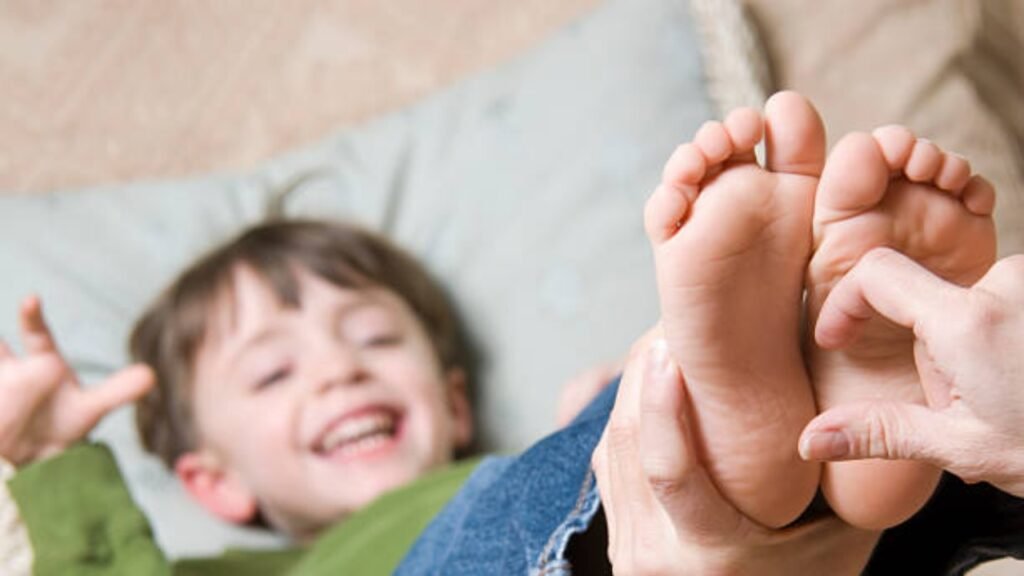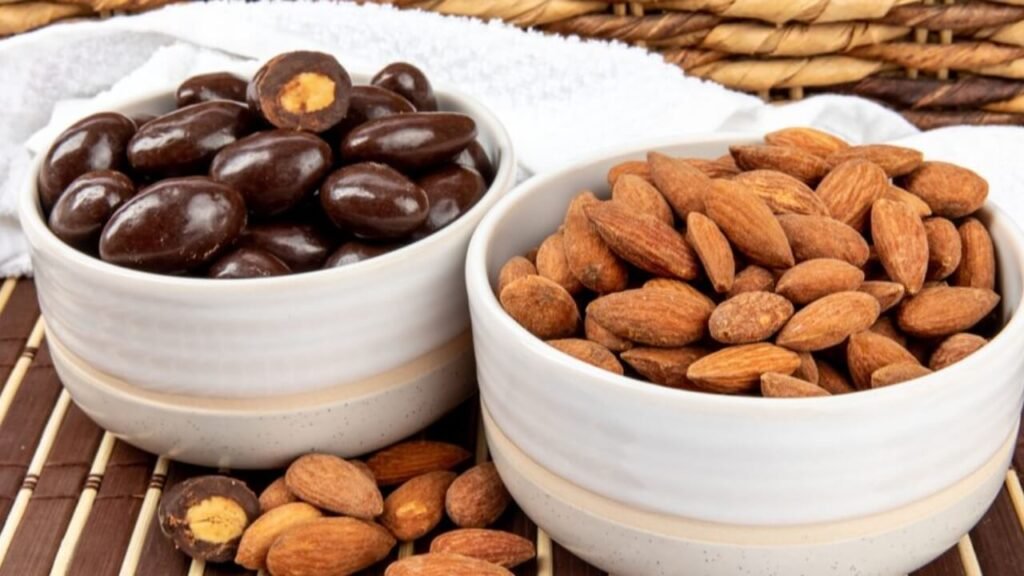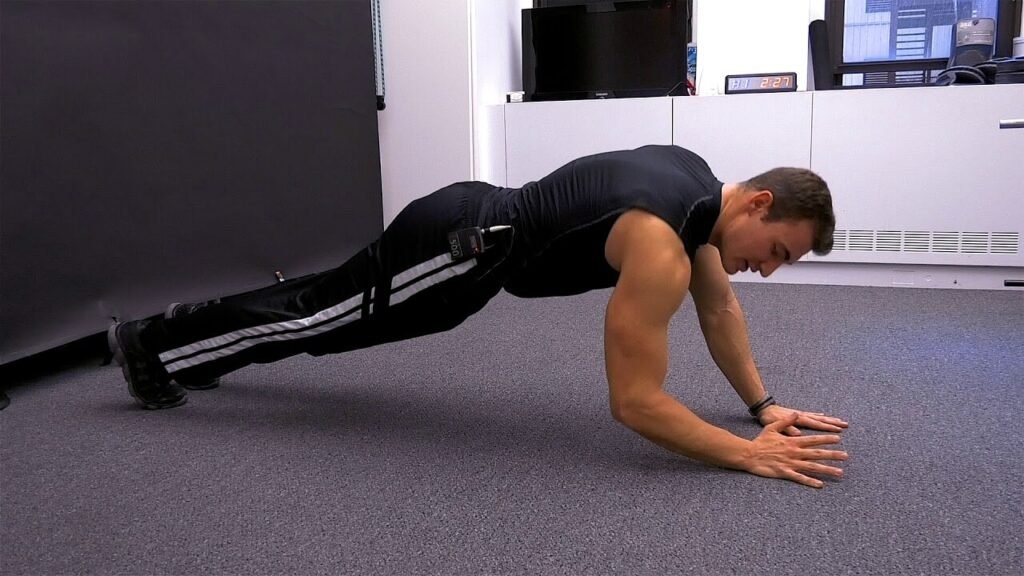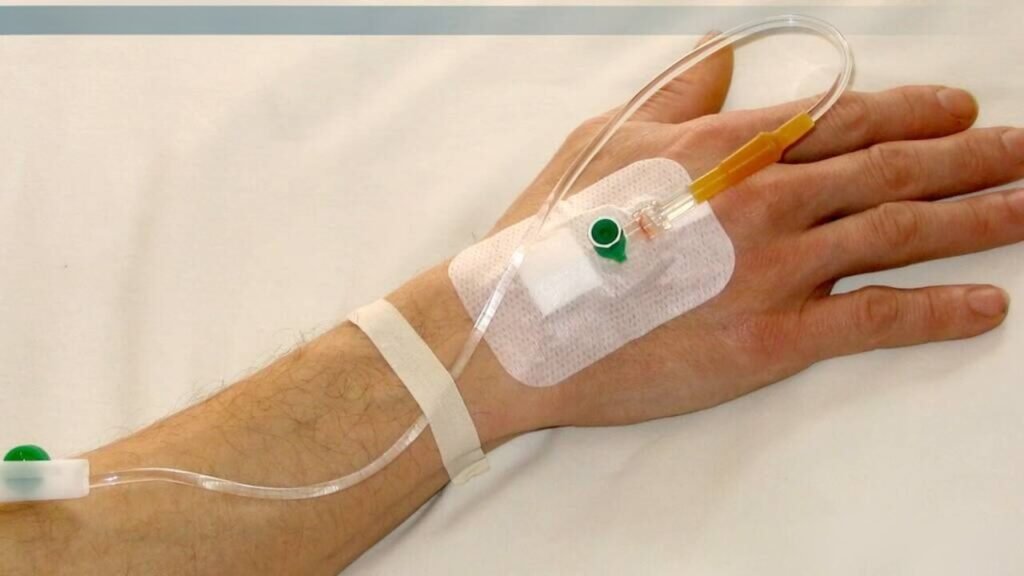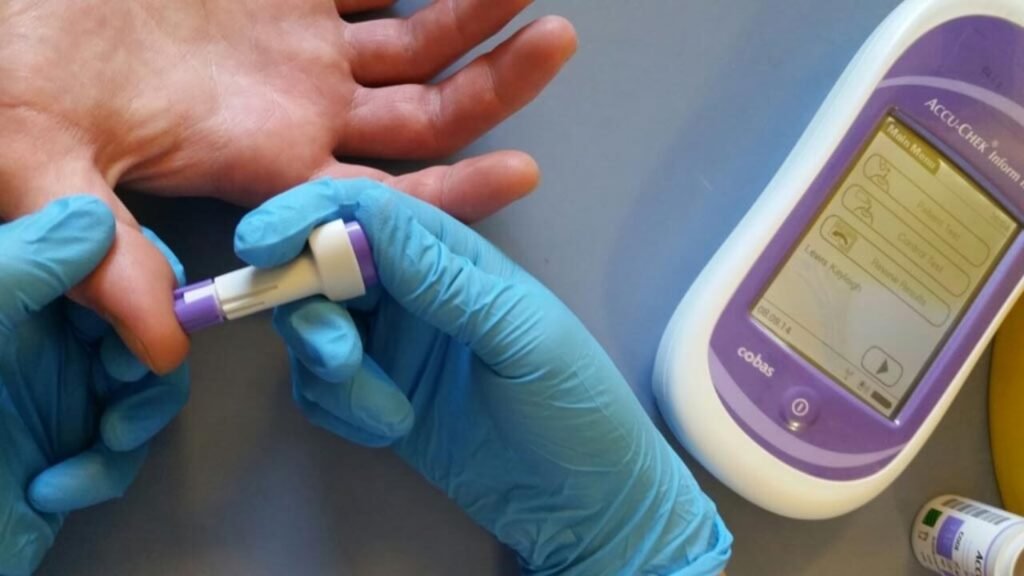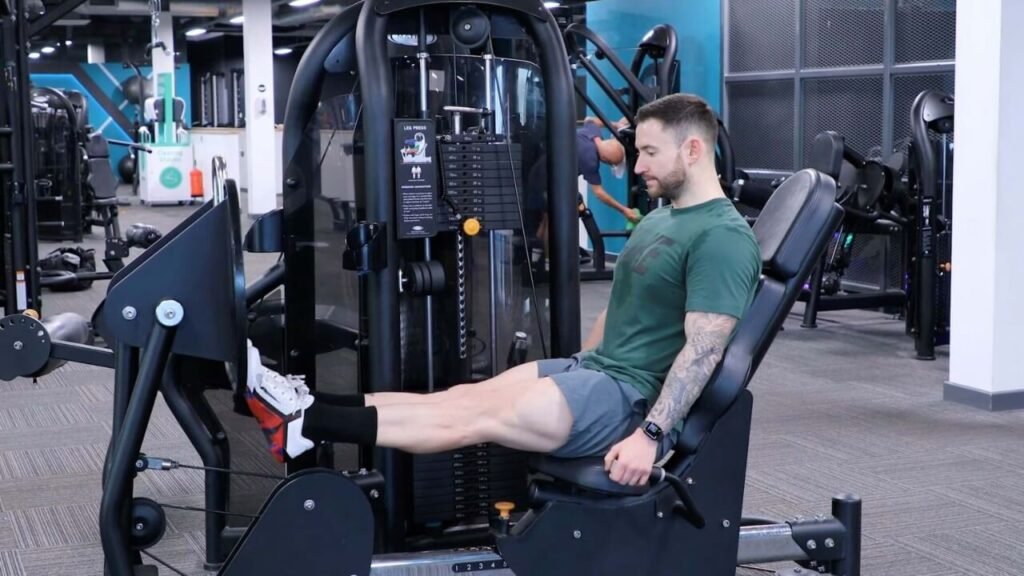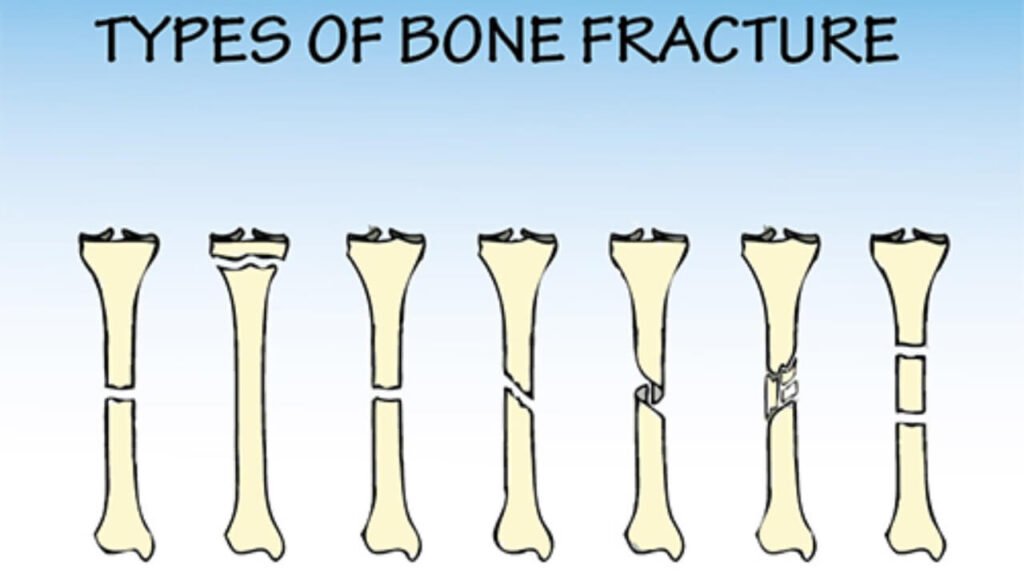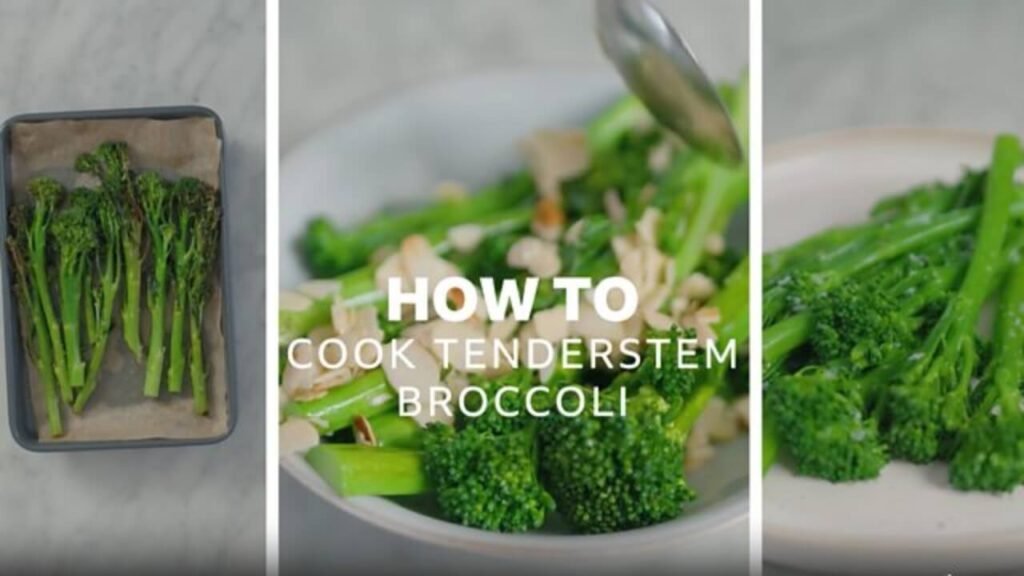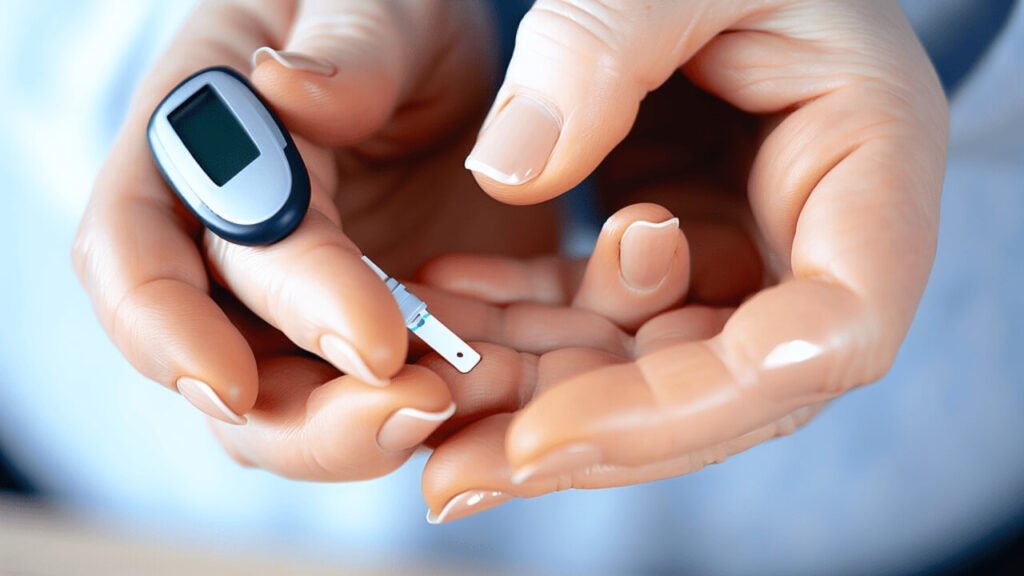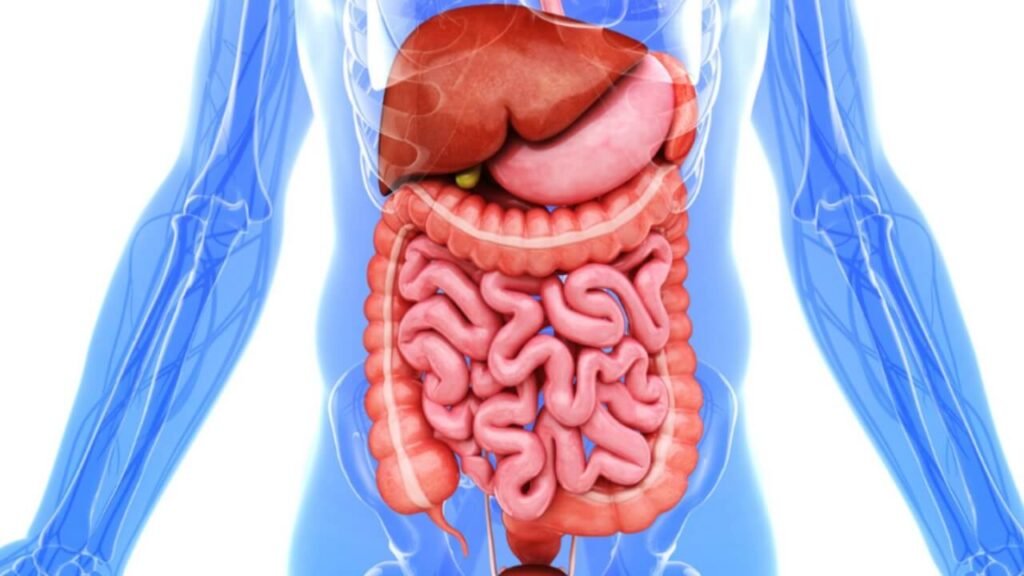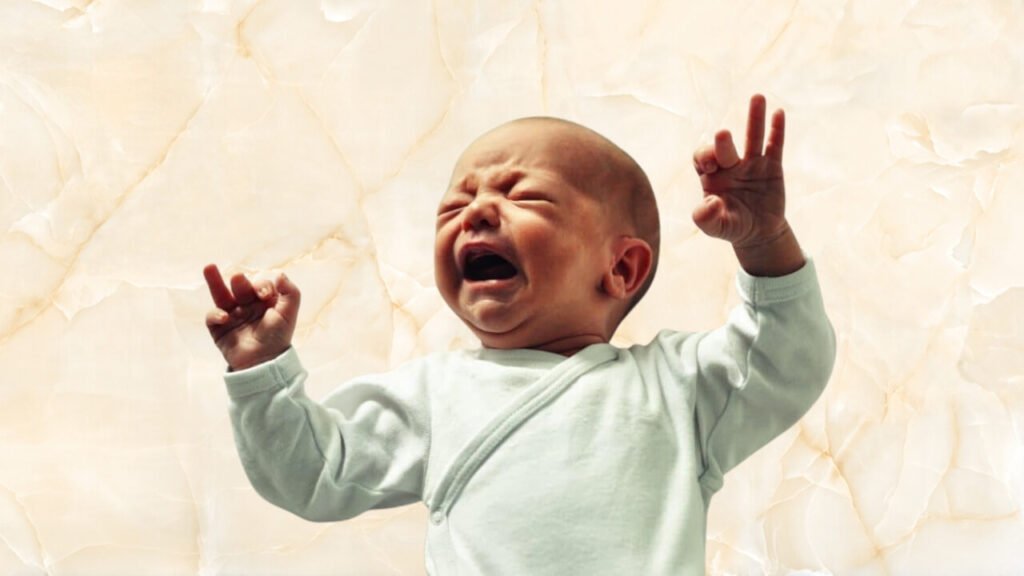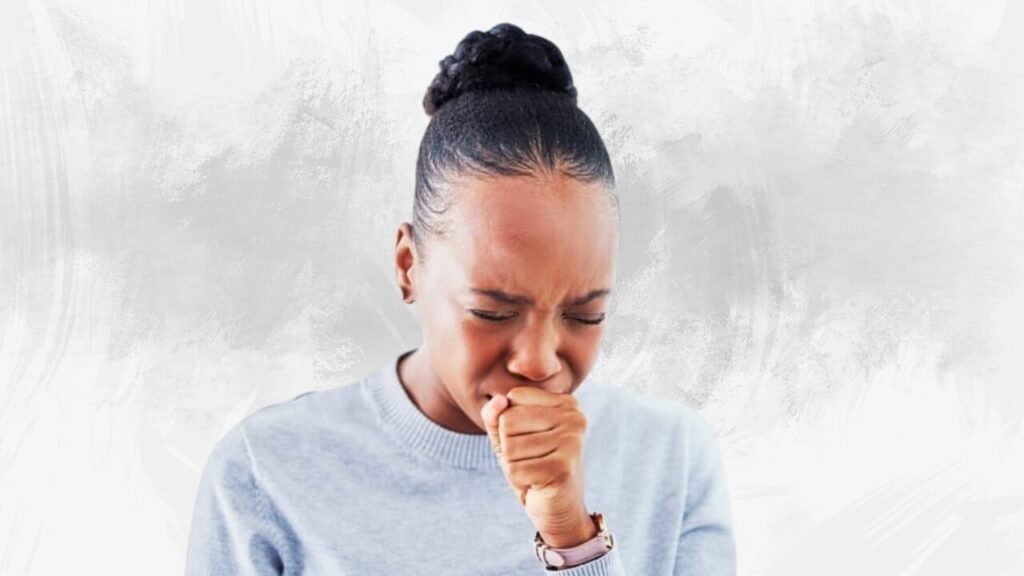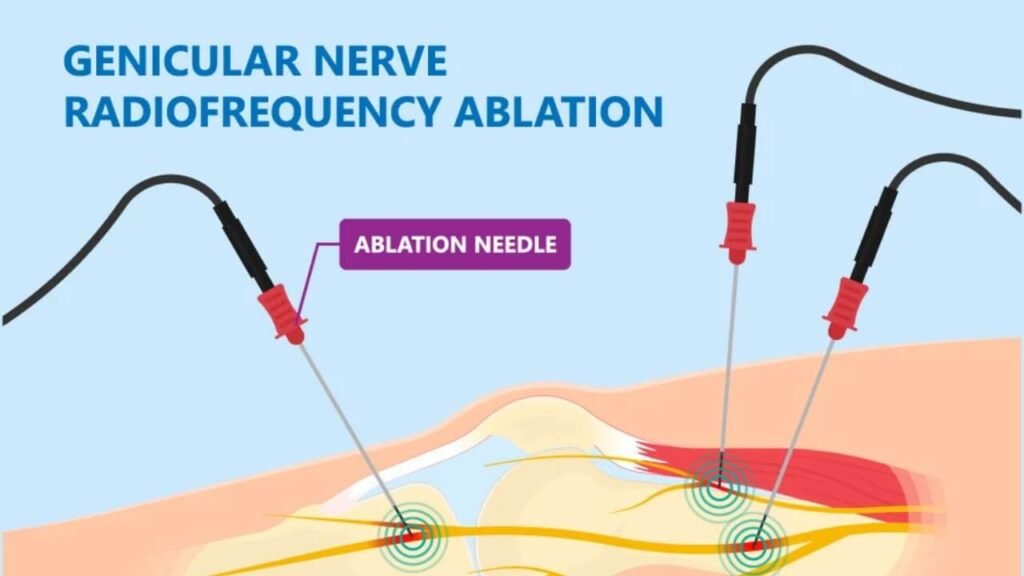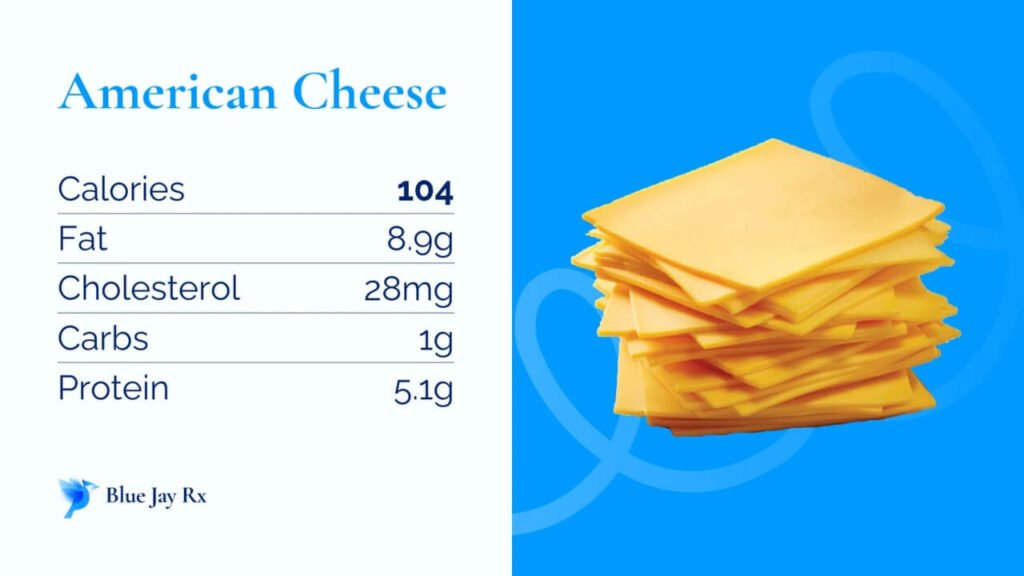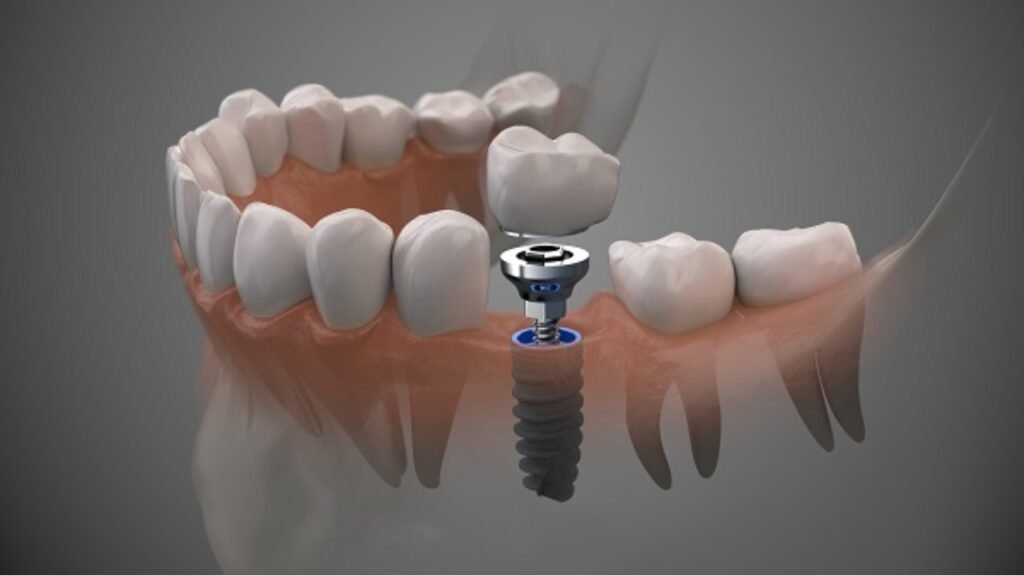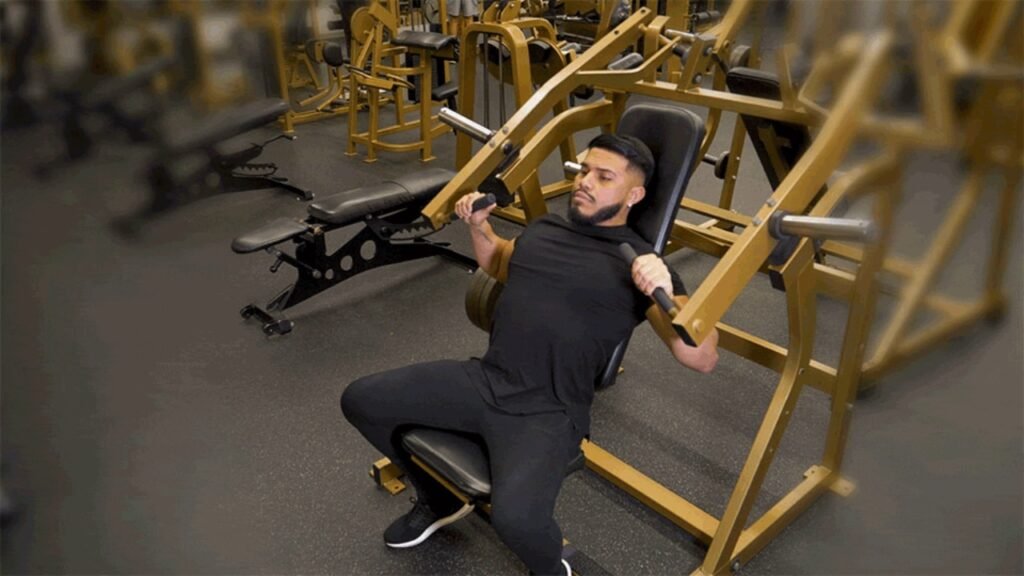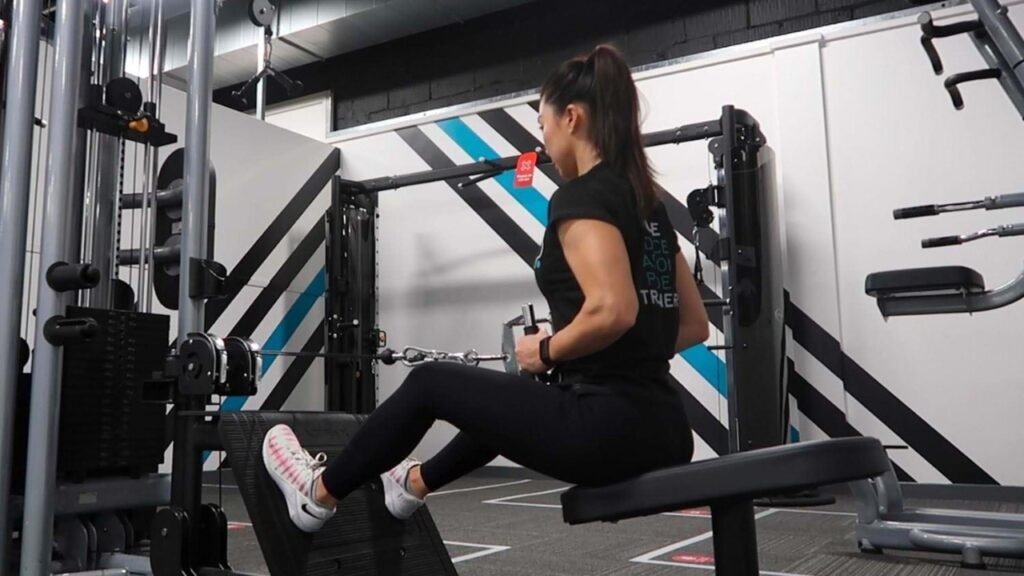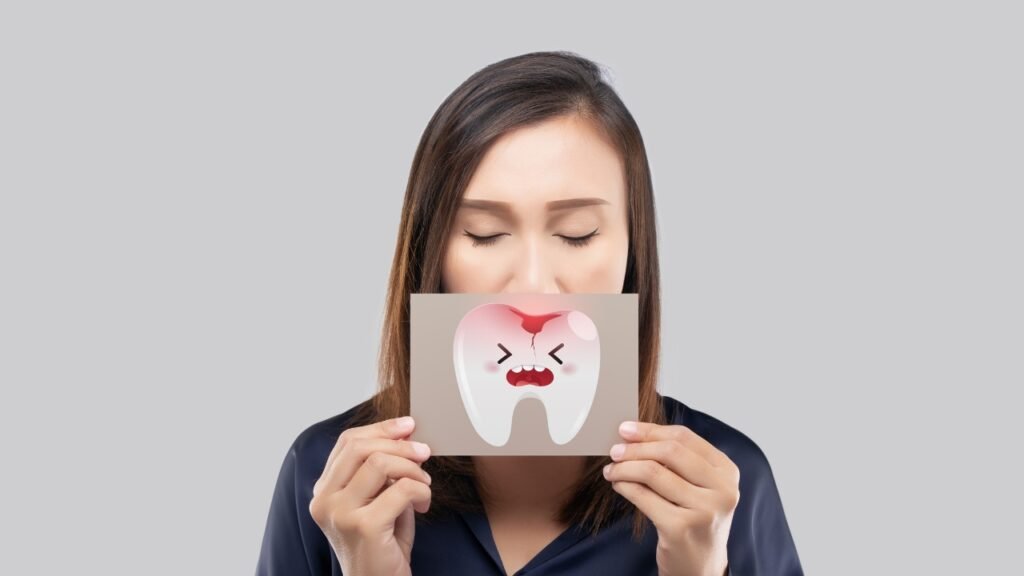“Say Goodbye to Lower Back Fat with These Simple Tips”

Lower back fat is a common concern for many people looking to improve their fitness and health. It can be frustrating, especially when you feel like you’re doing everything right and still can’t seem to get rid of those stubborn pockets of fat. Whether you’re trying to achieve a more toned appearance or improve your overall health, understanding the causes, impact, and solutions for lower back fat is key. In this article, we will dive deep into the topic of lower back fat, its causes, and how you can reduce it effectively with the right approach.
What is Lower Back Fat?
Lower back fat refers to the excess fat that tends to accumulate in the lower region of your back, just above the hips. This fat can be more noticeable when wearing certain types of clothing, especially tight-fitting shirts, pants, or swimsuits. While it’s normal to have some fat in this area, an excess can be bothersome to many people. Understanding why this fat accumulates and how it can be managed is crucial for anyone concerned about their physique.
Causes of Lower Back Fat
1. Genetics
One of the primary reasons why some people struggle with lower back fat more than others is genetics. Your body shape and fat distribution are largely influenced by your genes. Some individuals are more prone to storing fat in their abdominal area and lower back, while others may carry it around their thighs or arms. Unfortunately, genetics play a significant role in where fat is stored, making it harder for some people to target specific areas with fat loss.
2. Hormonal Changes
Hormonal imbalances can contribute to fat storage in the lower back area. For example, the hormone cortisol, which is released in response to stress, can lead to the accumulation of visceral fat around the abdominal and lower back areas. This is particularly common in both men and women as they age or experience certain life stages, such as menopause or increased stress levels. Hormonal changes can alter the way fat is distributed in the body, making it more difficult to lose lower back fat.
3. Poor Diet
A poor diet high in processed foods, refined sugars, and unhealthy fats can lead to an increase in overall body fat, including in the lower back area. When you consume more calories than your body burns, the excess calories are stored as fat. If your diet is rich in unhealthy fats and sugars, it can exacerbate fat storage in the lower back, making it harder to lose weight.
4. Sedentary Lifestyle
A sedentary lifestyle, characterized by sitting for extended periods and a lack of physical activity, can contribute to the accumulation of fat in the lower back area. When your body doesn’t engage in regular exercise, the metabolism slows down, and fat storage increases. Without adequate physical activity to burn calories, fat builds up in various parts of the body, including the lower back.
5. Age
As you age, your metabolism naturally slows down. This means your body becomes less efficient at burning calories and fat. The body may also begin to lose muscle mass, which further contributes to a slower metabolism. As muscle mass decreases, fat tends to accumulate, particularly in areas such as the lower back.
Health Risks of Lower Back Fat
While lower back fat may be a cosmetic concern for many, it’s important to note that carrying excess fat in the lower back can have significant health implications. The accumulation of visceral fat, which is the type of fat found deeper in the abdomen and around internal organs, can increase the risk of various health conditions, including:
- Heart Disease: Excess fat around the waist can lead to an increased risk of heart disease due to higher levels of cholesterol and blood pressure.
- Type 2 Diabetes: The more visceral fat you carry, the more resistant your body may become to insulin, which can lead to type 2 diabetes.
- Back Pain: The extra weight around your lower back can contribute to lower back pain and discomfort, especially if the fat is not addressed over time.
- Reduced Mobility: Excess fat can restrict movement, making it harder to engage in physical activities like running, lifting, or bending, which can impact overall fitness and quality of life.
How to Lose Lower Back Fat: Effective Strategies
While you can’t spot-reduce fat from specific areas, including your lower back, there are several strategies you can implement to reduce overall body fat and target your lower back area. Let’s take a look at some effective solutions for getting rid of lower back fat.
1. Adopt a Healthy, Balanced Diet
To lose fat, you need to create a calorie deficit, meaning you consume fewer calories than you burn. Focus on a balanced diet that includes:
- Lean Proteins: Chicken, fish, beans, and tofu can help you build muscle and boost your metabolism.
- Healthy Fats: Avocados, nuts, seeds, and olive oil provide your body with essential fatty acids that promote fat loss.
- Fiber-Rich Vegetables: Leafy greens, broccoli, and other vegetables can keep you full longer while providing important nutrients.
- Whole Grains: Brown rice, quinoa, and oats are great sources of complex carbohydrates that provide sustained energy throughout the day.
- Hydration: Drink plenty of water to stay hydrated and support your body’s metabolic processes.
Avoid highly processed foods, sugary snacks, and drinks, as these can contribute to fat accumulation in your lower back.
2. Incorporate Cardiovascular Exercise
Cardio exercises are great for burning calories and increasing your heart rate, which is key to fat loss. Some of the best cardiovascular exercises for targeting fat include:
- Running or Jogging: This can help you burn calories quickly and effectively.
- Cycling: Whether outdoors or on a stationary bike, cycling helps burn fat and improve lower body strength.
- Swimming: This full-body exercise engages the core and back muscles while providing an excellent cardiovascular workout.
- Jump Rope: A high-intensity cardio exercise that can help you shed fat in the lower back area.
Aim to do at least 150 minutes of moderate-intensity cardio per week for the best results.
3. Strength Training and Core Workouts
Building muscle through strength training is essential for boosting your metabolism and improving your body’s ability to burn fat. Focus on exercises that target the muscles in your lower back, core, and legs. Some of the best strength exercises include:
- Deadlifts: This full-body exercise works your glutes, hamstrings, back, and core, promoting fat loss.
- Squats: Squats help build muscle in the lower body and core, helping to reduce fat around the back.
- Planks: Planks strengthen your core and help reduce lower back fat by engaging multiple muscle groups.
- Supermans: This exercise specifically targets the lower back and helps tone and strengthen the muscles in this area.
Include at least two to three strength-training sessions per week for optimal results.
4. Reduce Stress
Chronic stress can contribute to higher cortisol levels, which can lead to fat storage in the lower back. Managing stress is crucial for weight loss and overall health. Try incorporating relaxation techniques into your daily routine, such as:
- Deep Breathing Exercises
- Yoga or Meditation
- Mindfulness Practices
- Journaling or Creative Outlets
Reducing stress not only helps with fat loss but also improves overall mental well-being.
5. Get Enough Sleep
Sleep plays a crucial role in weight loss and overall health. Aim for at least 7-9 hours of quality sleep each night to support your body’s fat-burning processes. Poor sleep can lead to hormonal imbalances, increased hunger, and more fat storage, particularly in the lower back.
Track Your Progress: Tips for Staying Motivated
Tracking your progress is essential when trying to lose lower back fat. Keep a fitness journal or use a fitness app to record your workouts, meals, and how you feel each day. Celebrate small victories, such as increasing the number of push-ups you can do or noticing more definition in your back. Stay consistent with your diet and exercise routine, and give yourself grace on days when progress feels slower.
Conclusion: Embrace the Journey
Losing lower back fat may take time, but with the right combination of healthy eating, regular exercise, and stress management, you can achieve your goals. Remember, everyone’s body is different, and it’s important to focus on your overall health and well-being rather than perfection. Stay committed, be patient with yourself, and soon enough, you’ll see the results of your hard work and dedication.



